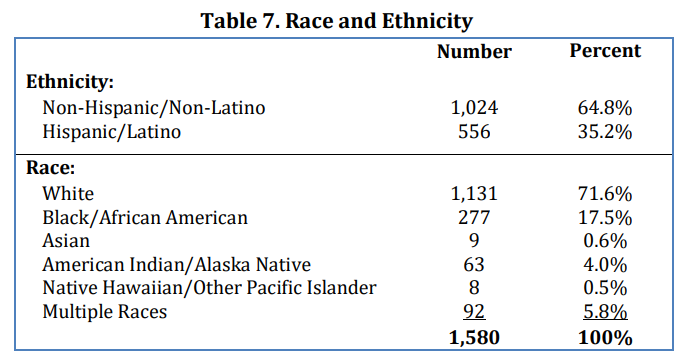BAKERSFIELD, Calif. (KERO) — On Tuesday, Kern Behavioral Health stood before the Kern County Board of Supervisors to speak on efforts that have been taken to address the homeless population locally. They also discussed the rise in the number of people on the streets and the mental health issues that continue to follow.
It's important to note that not all those experiencing homelessness are living with a mental illness. However, local organizations say that they continue to see a rise in mental health cases on the streets and that is a cause of several different factors.
Carlos Baldovinos with The Mission at Kern County says the first step is humanizing those suffering from mental health issues on the street.
"These are human beings. These are people. They're like you and I and we got to look at it from that standpoint. I mean if we had a loved one on the street like that my heart would break," said Baldovinos. "I look at it one life at a time. I think a lot of people are just bothered by it. They are a nuisance to them."

Kern's Homeless Crisis
Motion for construction of new psychiatric health facilities approved
As the homeless population grows in Kern County, mental illness seems to be an underlying issue for some according to Stacy Kuwahara with Kern Behavioral Health.
"There's a huge amount of trauma that happens just by nature, just by being homeless. Living on the street like that is not safe and it's incredibly traumatic."
"You have to watch your back. There's a lot of times they don't sleep," added Baldovinos. "But imagine going days upon days, weeks upon weeks, but not having good sleeping patterns or good dietary problems. Your body's going to react. Chemicals will be released."

Kuwahara says that the 2020 Homeless PIT Count reported more than 1,500 individuals living unsheltered on our streets in Kern County. Of those, 25% reported mental health issues, and 36% reported substance abuse issues.
Baldovinos says that sometimes those with mental health issues turn to substance abuse.
"Unfortunately, they self-medicate with street drugs or it goes untreated. So you find if someones not stabilized with medications they tend to basically act out."

Kern's Homeless Crisis
But sometimes Kuwahara says getting them help to accept the help can be the biggest obstacle.
"If they're not engaging in treatment - if they're not accepting help and services as their mental health conditions deteriorate or their substance abuse - then their conditions living on the street make them more and more vulnerable."
Some of the challenges organizations are running into in getting those on the streets to engage in substance abuse treatment programs stem from recently passed legislation.
"Prop 47 has introduced some new changes. Most drug offenses are now classified as misdemeanors, and the department is seeing a significant reduction in court-ordered substance abuse treatment," explained Kuwahara. "Meaning many who would benefit from treatment are not compelled to engage. Getting those in mental health services to engage in treatment continues to be a significant challenge."
Proposition 47 was passed in 2014 by voters and implemented three broad changes to felony sentencing laws.
One of those changes was reclassifying certain theft and drug possession offenses from felonies to misdemeanors. And once those are reduced to misdemeanors court-ordered treatment is not required and many are now choosing to not participate.
The Kern County Board of Supervisors approved $4.5 million in state funds to Flood Ministries for homeless outreach from July of this year to June of 2024. The outreach team's goal is to help make sure those in need have access to the resources they need like drug treatment programs.
Other Key Findings of the 2020 Homeless PIT Count:
- 88% of Kern County’s sheltered and unsheltered homeless population was located in Metro Bakersfield, 12% in rural cities and communities outside of Bakersfield.
- Countywide, only 36.5% of homeless people had shelter, 63.5% were unsheltered, as shown in Chart 3.
- 40% of Bakersfield’s homeless population had shelter on the count night, 60% were unsheltered. Only 11% of rural homeless people had shelter.
- Homelessness in Metro Bakersfield rose by 22% over the previous year, fueled by a 31% jump in the number of unsheltered homeless people. Rural homelessness rose by only 1%.
- 85% of families with children had shelter; 69% of single adults were unsheltered.
- Countywide, families with children accounted for 14% of the homeless population. Children constituted almost 9% of homeless people counted.






